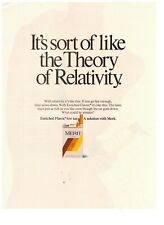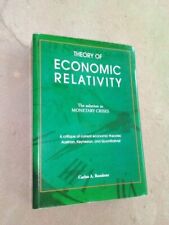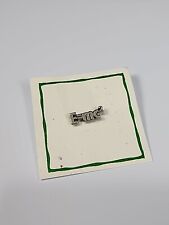
Physicists at Indiana University (IU) have developed a promising new way to identify a possible abnormality in Lorentz invariance, a fundamental building block of Einstein’s theory of relativity. If confirmed, it would disprove that the laws of physics remain the same for any two objects traveling at a constant speed or rotated relative to one another. IU distinguished physics professor Alan Kostelecky and graduate student Jay Tasson take on the long-held notion of the exact symmetry promulgated in Einstein’s 1905 theory in a paper in Physical Review Letters.
If the findings help reveal the first evidence of Lorentz violations, it would prove relativity is not exact. Space-time would not look the same in all directions and there would be measurable relativity violations, however minuscule.
“It is surprising and delightful that comparatively large relativity violations could still be awaiting discovery despite a century of precision testing,” remarked Kostelecky. “Discovering them would be like finding a camel in a haystack instead of a needle.”
Hard to detect, each background field offers its own universal standard for determining whether or not an object is moving, or in which direction it is going. If a field interacts with certain particles, then the behavior of those particles changes and can reveal the relativity violations caused by the field. Gravity distorts the fields, and this produces particle behaviors that can reveal otherwise hidden violations. The new violations change the gravitational properties of objects depending on their motion and composition. Objects on the Earth are always moving differently in different seasons because the Earth revolves around the Sun, so apples could fall faster in some seasons than others. Also, different objects like apples and oranges may fall differently.
“No dedicated experiment has yet sought a seasonal variation of the rate of an object’s fall in the Earth’s gravity,” explained Kostelecky. “Since Newton’s time over 300 years ago, apples have been assumed to fall at the same rate in the summer and the winter.” Spotting these minute variances is another matter as the differences in rate of fall would be tiny because gravity is a weak force. The new paper proposes possible experiments that could detect the effects. Among them are ones studying gravitational properties of matter on the Earth and in space.
The Standard Model Extension predicts that a particle and an antiparticle would interact differently with the background fields, which means matter and antimatter would feel gravity differently. So, an apple and an anti-apple could fall at different rates, too. “The gravitational properties of antimatter remain largely unexplored,” said Kostelecky. “If an apple and an anti-apple were dropped simultaneously from the leaning Tower of Pisa, nobody knows whether they would hit the ground at the same or different times.”
Related:
Animation using Kostelecky’s Standard Model Extension to predict how apples might fall differently


















Comments are closed.